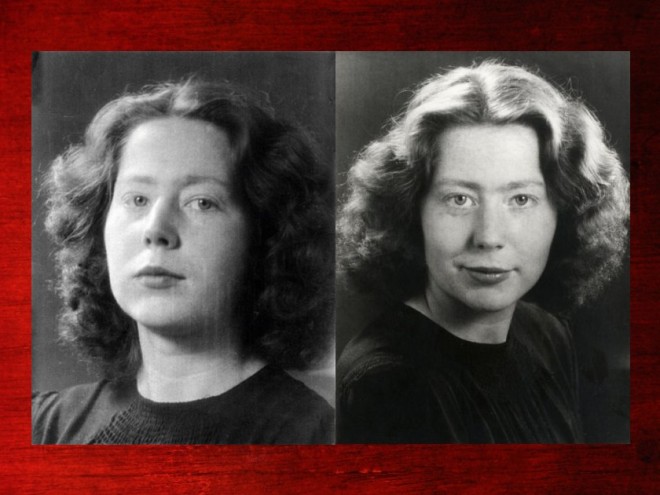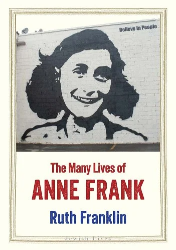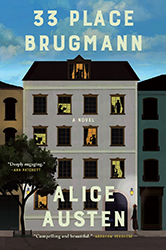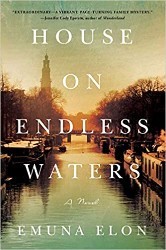Despite the fact that so much has been written about Anne Frank, the reading public always seems ready for something novel, something fresh, a revised look at an old theory in our shared quest to understand the Franks and what happened to them. The Last Secret of the Secret Annex gives us the chance to appreciate newly revealed aspects of a story we thought we knew so well.
This satisfying book is so attractive in part because it offers a mix of historical investigation and deeply personal family memoir. It also pulls us in through its use of lyrical language and its rich descriptions of the people and places that defined Anne Frank’s world.
The research and writing are the result of an unusual collaboration between a family member of Bep Voskiujl, one of the five people who hid the Frank family, and a young man who became obsessed with the Franks’ story as a teenager. After retiring from a career in marketing, seventy-three-year-old Joop van Wijk-Viskuijl, the third of Bep’s four children, has completely dedicated himself to revealing his mother’s story. He works alongside Jeroen De Bruyn, a journalist forty-four years his junior, to present new and fruitful research in a completely engaging way.
Of the 140,000 Jews who resided in the Netherlands when Hitler occupied the country in 1940, only 35,000, or twenty-five percent, survived. It was the highest death rate of all the Western European countries invaded by the Nazis. Many died by suicide; most were killed in the camps. Yet 28,000 believed their best chance was to hide.
Because the story of the Frank family and the four other Jews who hid with them has been shared around the world, the hardships of living in hiding are well known today. Yet Joop and Jeroen add significant detail, revealing that one of the primary lifelines that helped the hidden cope was having a confidante. This role was filled for Anne by twenty-three-year-old Bep, the youngest of the five helpers, during the 761 days the Franks lived in the secret annex.
The involvement between Joop’s family and the Franks was deep and broad. It was Joop’s grandfather Johan, for example, who built the staircase in the secret annex that led to the hiding place. Joop tells us he grew up in the shadow of the secret annex, a victim of inherited historical trauma. Sad as that might be, we benefit greatly from Joop’s ability to reveal the frightening story that tore apart his family’s legacy.
The book aims to shine light not only on the inside of the annex but also on the world outside. After all, most people have a false idea of what happened in Dutch Holocaust history. For one thing, it was not uncommon for resistors and collaborators to live under the same roof (Bep’s sister Nelly collaborated with the Nazis, and Bep never got over her fear that Nelly betrayed the Frank family). For another, while it was the Germans who made the rules, it was the Dutch who implemented them.
But the value of this book goes far beyond new facts and surprising family revelations, fascinating though they are. Joop and Jeroen say it best when they explain why we are all so interested in Anne Frank and her family: “Six million was just a number, but Anne’s Frank’s story gives you the Holocaust in miniature, a crime people could understand, a victim they could love. And once that little girl broke your heart, you could multiply it over and over again, and the scale of the thing hit you in a deeper way that reached across cultures, making the Holocaust matter to people who had never even known the difference between a gentile and a Jew.”
Linda F. Burghardt is a New York-based journalist and author who has contributed commentary, breaking news, and features to major newspapers across the U.S., in addition to having three non-fiction books published. She writes frequently on Jewish topics and is now serving as Scholar-in-Residence at the Holocaust Memorial & Tolerance Center of Nassau County.





